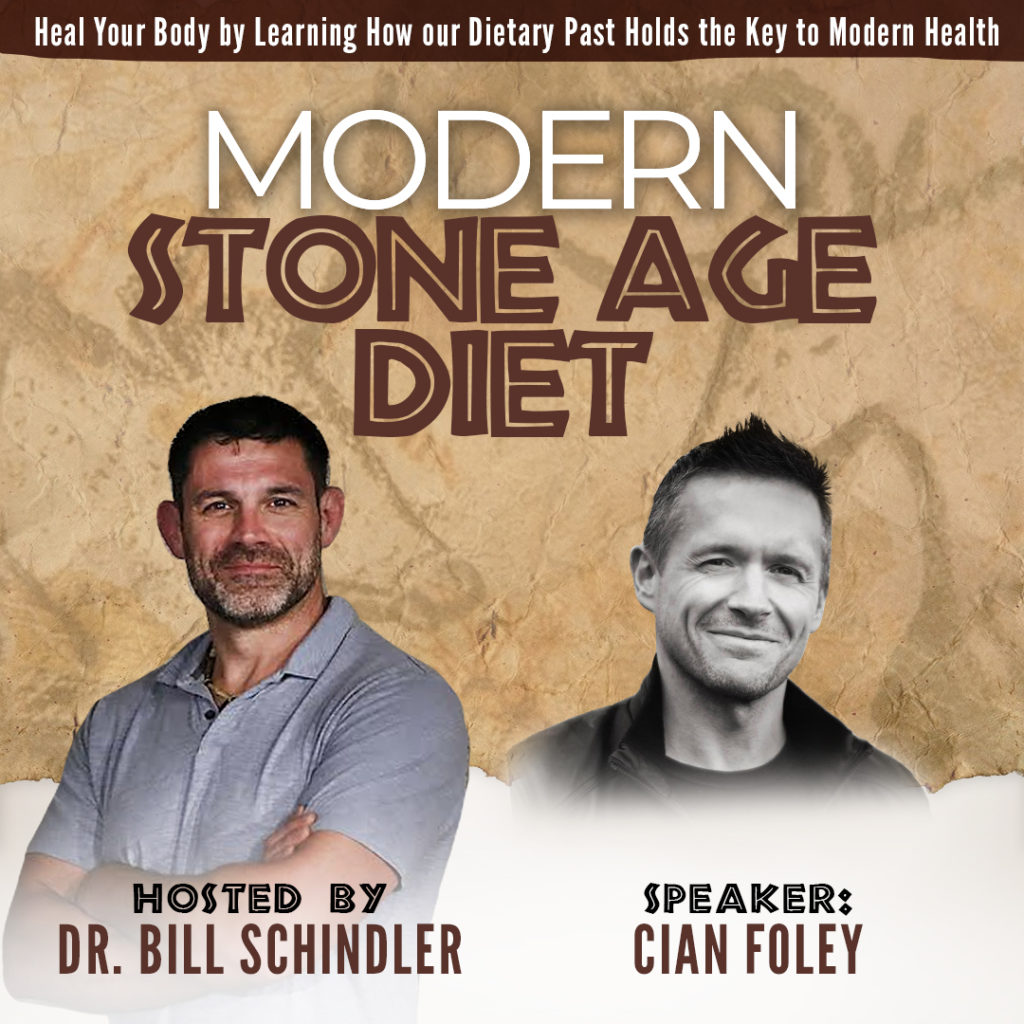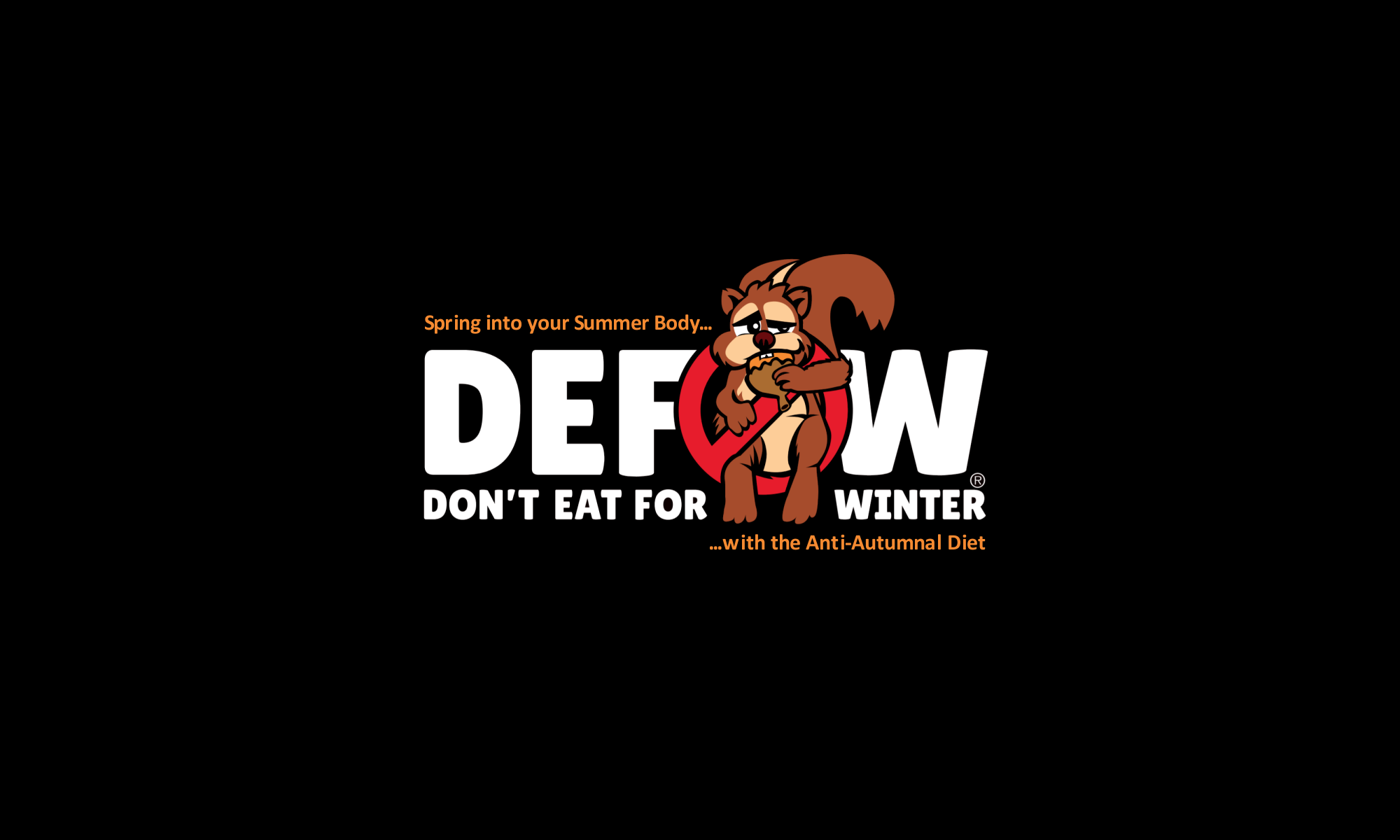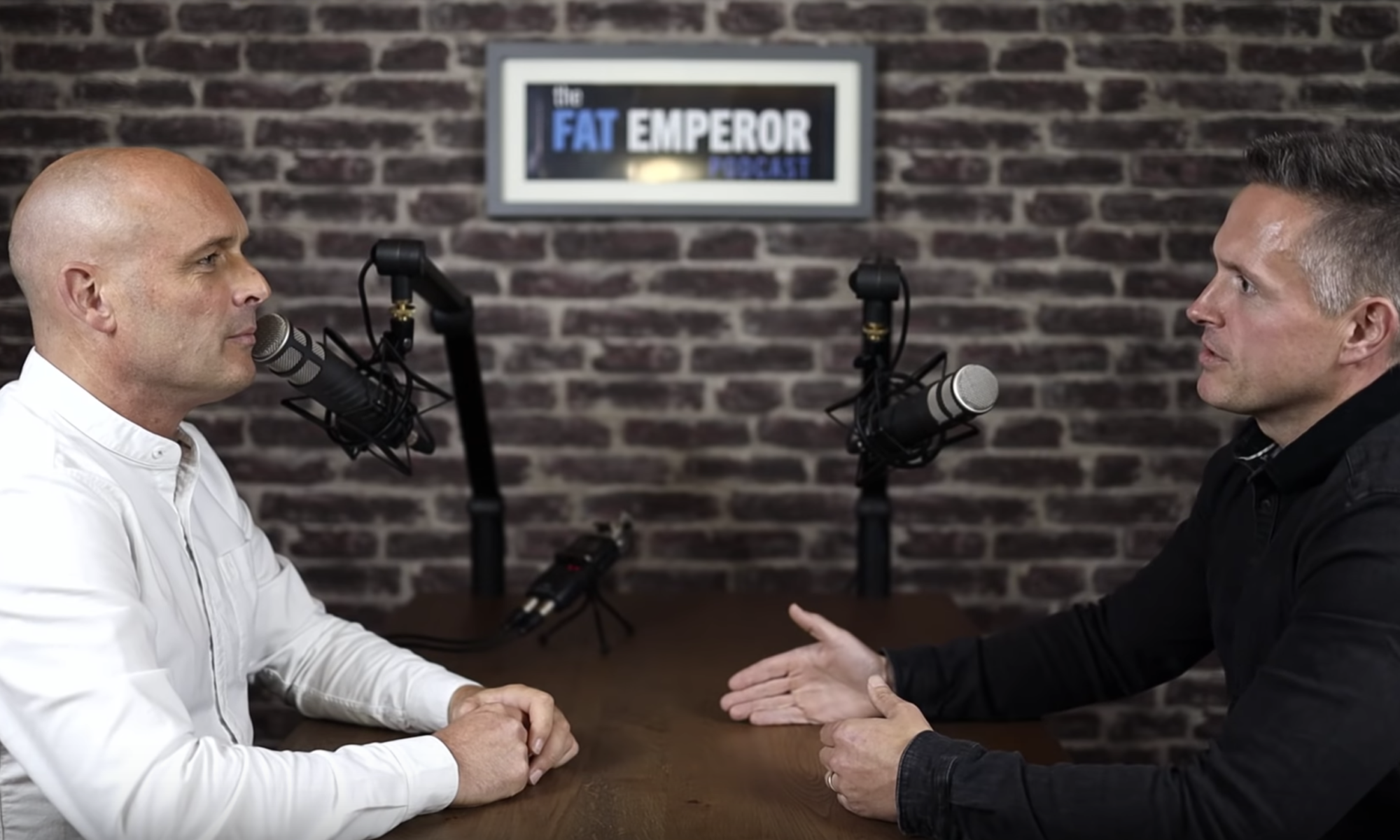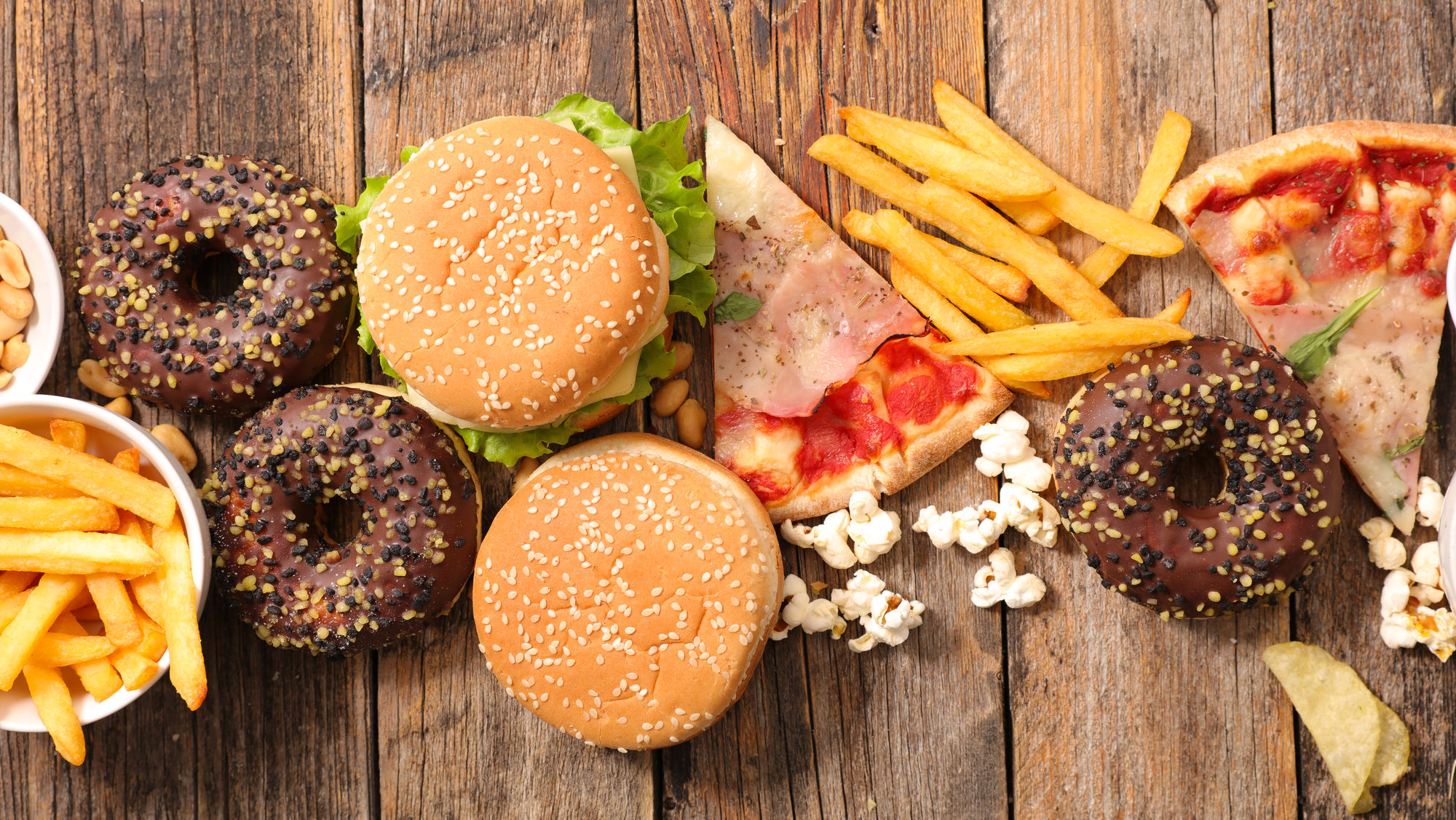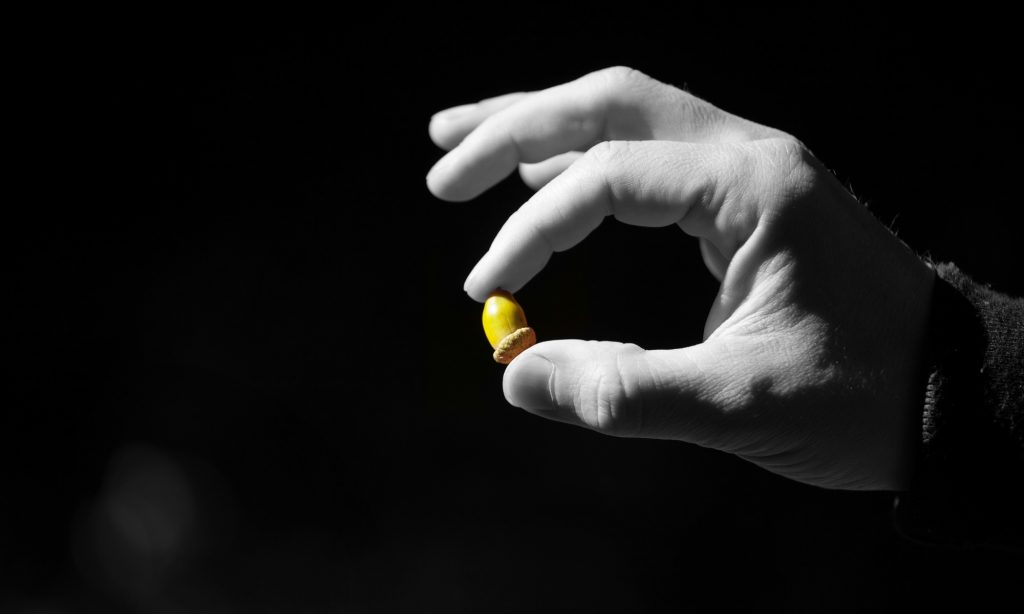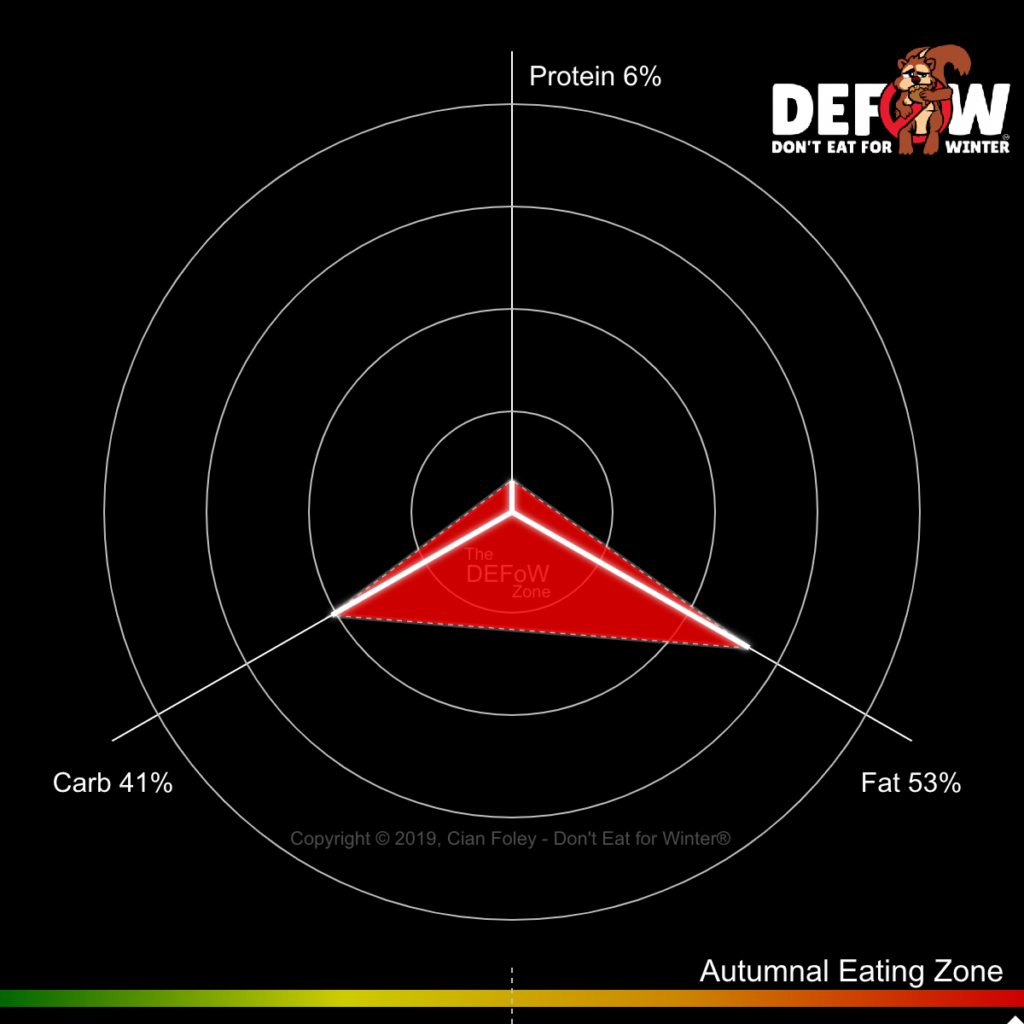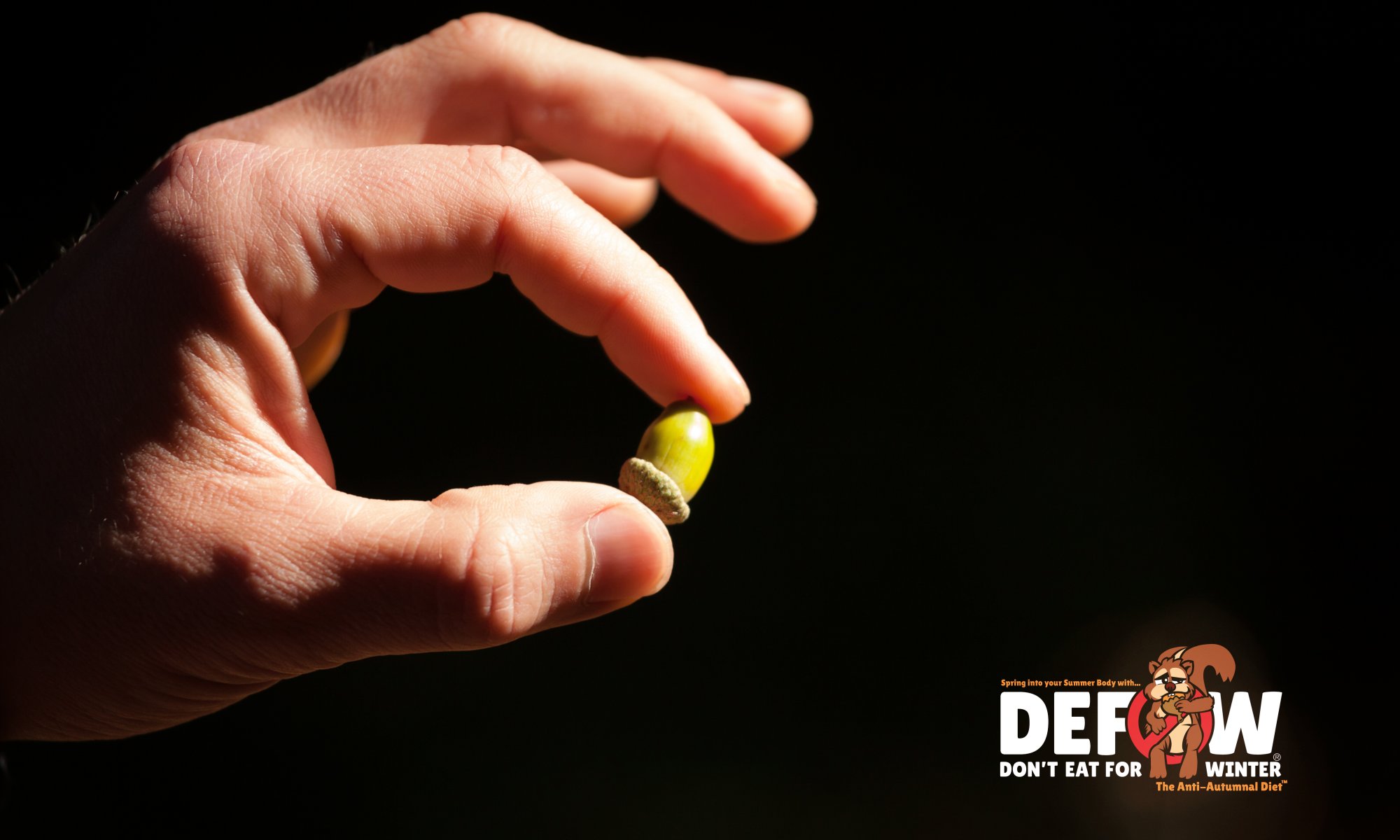| Position |
Food Item |
Proximity to Squirrel Formula |
| 1 |
Nuts, acorns, raw |
1 |
| 2 |
Ice creams, regular, low carbohydrate, vanilla |
0.99 |
| 3 |
Candies, carob, unsweetened |
0.99 |
| 4 |
Snacks, potato chips, barbecue-flavor |
0.99 |
| 5 |
Candies, milk chocolate coated coffee beans |
0.98 |
| 6 |
Danish pastry, nut (includes almond, raisin nut, cinnamon nut) |
0.98 |
| 7 |
Pie crust, standard-type, dry mix, prepared, baked |
0.98 |
| 8 |
Nuts, acorn flour, full fat |
0.98 |
| 9 |
Pie crust, standard-type, dry mix |
0.98 |
| 10 |
Noodles, chinese, chow mein |
0.98 |
| 11 |
Milk, human, mature, fluid |
0.98 |
| 12 |
Candies, crispy bar with peanut butter filling |
0.98 |
| 13 |
Whipped topping, frozen, low fat |
0.98 |
| 14 |
Popcorn, microwave, regular (butter) flavor, made with palm oil |
0.98 |
| 15 |
Snacks, popcorn, microwave, regular (butter) flavor, made with partially hydrogenated oil |
0.98 |
| 16 |
Snacks, corn-based, extruded, chips, barbecue-flavor |
0.98 |
| 17 |
Snacks, corn-based, extruded, chips, barbecue-flavor, made with enriched masa flour |
0.98 |
| 18 |
Cookies, brownies, prepared from recipe |
0.98 |
| 19 |
Granola bar, soft, milk chocolate coated, peanut butter |
0.98 |
| 20 |
Restaurant, Latino, bunuelos (fried yeast bread) |
0.98 |
| 21 |
Snacks, potato chips, sour-cream-and-onion-flavor |
0.98 |
| 22 |
Candies, milk chocolate, with almonds |
0.97 |
| 23 |
Spices, mace, ground |
0.97 |
| 24 |
Pie crust, standard-type, frozen, ready-to-bake, enriched |
0.97 |
| 25 |
Ice creams, french vanilla, soft-serve |
0.97 |
| 26 |
Doughnuts, yeast-leavened, glazed, unenriched (includes honey buns) |
0.97 |
| 27 |
Frozen novelties, ice cream type, chocolate or caramel covered, with nuts |
0.97 |
| 28 |
Snacks, corn-based, extruded, cones, nacho-flavor |
0.97 |
| 29 |
Snacks, popcorn, cheese-flavor |
0.97 |
| 30 |
Pie crust, deep dish, frozen, unbaked, made with enriched flour |
0.97 |
| 31 |
Snacks, corn-based, extruded, chips, unsalted |
0.97 |
| 32 |
Soup, cream of celery, canned, prepared with equal volume water |
0.97 |
| 33 |
Fast foods, nachos, with cinnamon and sugar |
0.97 |
| 34 |
Snacks, potato sticks |
0.97 |
| 35 |
Soup, cream of celery, canned, condensed |
0.97 |
| 36 |
Pie crust, deep dish, frozen, baked, made with enriched flour |
0.97 |
| 37 |
Nuts, almond paste |
0.97 |
| 38 |
Snacks, potato chips, plain, made with partially hydrogenated soybean oil, salted |
0.97 |
| 39 |
Snacks, potato chips, plain, made with partially hydrogenated soybean oil, unsalted |
0.97 |
| 40 |
Snacks, potato chips, plain, unsalted |
0.97 |
| 41 |
Pinon Nuts, roasted (Navajo) |
0.97 |
| 42 |
Doughnuts, cake-type, plain (includes unsugared, old-fashioned) |
0.97 |
| 43 |
Snacks, granola bars, soft, coated, milk chocolate coating, peanut butter |
0.97 |
| 44 |
Coffeecake, cinnamon with crumb topping, commercially prepared, enriched |
0.96 |
| 45 |
Coffeecake, cinnamon with crumb topping, commercially prepared, unenriched |
0.96 |
| 46 |
Noodles, flat, crunchy, Chinese restaurant |
0.96 |
| 47 |
Pie, chocolate mousse, prepared from mix, no-bake type |
0.96 |
| 48 |
Candies, milk chocolate |
0.96 |
| 49 |
Danish pastry, cinnamon, enriched |
0.96 |
| 50 |
Danish pastry, cinnamon, unenriched |
0.96 |
| 51 |
Candies, dark chocolate coated coffee beans |
0.96 |
| 52 |
Candies, white chocolate |
0.96 |
| 53 |
Candies, milk chocolate, with rice cereal |
0.96 |
| 54 |
Pie crust, standard-type, frozen, ready-to-bake, enriched, baked |
0.96 |
| 55 |
Snacks, corn-based, extruded, puffs or twists, cheese-flavor, unenriched |
0.96 |
| 56 |
Onion rings, breaded, par fried, frozen, prepared, heated in oven |
0.96 |
| 57 |
Potatoes, o’brien, frozen, prepared |
0.96 |
| 58 |
Cookies, peanut butter sandwich, special dietary |
0.96 |
| 59 |
Snacks, popcorn, oil-popped, white popcorn |
0.96 |
| 60 |
Fast foods, onion rings, breaded and fried |
0.95 |
| 61 |
Ice creams, vanilla, rich |
0.95 |
| 62 |
Ice creams, regular, low carbohydrate, chocolate |
0.95 |
| 63 |
Pie, coconut cream, prepared from mix, no-bake type |
0.95 |
| 64 |
Snacks, popcorn, home-prepared, oil-popped, unsalted |
0.95 |
| 65 |
Doughnuts, yeast-leavened, with jelly filling |
0.95 |
| 66 |
Keikitos (muffins), Latino bakery item |
0.95 |
| 67 |
Pie crust, cookie-type, prepared from recipe, chocolate wafer, chilled |
0.95 |
| 68 |
Snacks, granola bar, with coconut, chocolate coated |
0.95 |
| 69 |
Snacks, potato chips, cheese-flavor |
0.95 |
| 70 |
Cookies, peanut butter, refrigerated dough |
0.95 |
| 71 |
Cookies, peanut butter, refrigerated dough, baked |
0.95 |
| 72 |
Tomatoes, sun-dried, packed in oil, drained |
0.95 |
| 73 |
Danish pastry, cheese |
0.95 |
| 74 |
Snacks, potato chips, plain, salted |
0.95 |
| 75 |
Snacks, potato chips, made from dried potatoes, cheese-flavor |
0.95 |
| 76 |
Snacks, potato chips, made from dried potatoes, sour-cream and onion-flavor |
0.95 |
| 77 |
Pie crust, standard-type, prepared from recipe, unbaked |
0.95 |
| 78 |
Ice creams, vanilla |
0.95 |
| 79 |
Pie crust, standard-type, prepared from recipe, baked |
0.95 |
| 80 |
Snacks, corn-based, extruded, puffs or twists, cheese-flavor |
0.94 |
| 81 |
Whipped cream substitute, dietetic, made from powdered mix |
0.94 |
| 82 |
Cookies, shortbread, commercially prepared, pecan |
0.94 |
| 83 |
Potatoes, mashed, dehydrated, prepared from flakes without milk, whole milk and butter added |
0.94 |
| 84 |
Candies, sesame crunch |
0.94 |
| 85 |
Potatoes, frozen, french fried, par fried, extruded, unprepared |
0.94 |
| 86 |
Fast foods, potato, baked and topped with sour cream and chives |
0.94 |
| 87 |
Doughnuts, cake-type, plain, chocolate-coated or frosted |
0.94 |
| 88 |
Soup, cream of vegetable, dry, powder |
0.94 |
| 89 |
Pie crust, standard-type, frozen, ready-to-bake, unenriched |
0.94 |
| 90 |
Cookies, chocolate chip, prepared from recipe, made with butter |
0.94 |
| 91 |
Cream substitute, powdered |
0.94 |
| 92 |
Chocolate, dark, 45- 59% cacao solids |
0.94 |
| 93 |
Candies, truffles, prepared-from-recipe |
0.94 |
| 94 |
Cookies, chocolate chip, prepared from recipe, made with margarine |
0.94 |
| 95 |
Chocolate, dark, 60-69% cacao solids |
0.94 |
| 96 |
Alcoholic beverage, liqueur, coffee with cream, 34 proof |
0.94 |
| 97 |
Doughnuts, cake-type, wheat, sugared or glazed |
0.94 |
| 98 |
Spices, nutmeg, ground |
0.94 |
| 99 |
Potato pancakes |
0.94 |
| 100 |
Cheese, gjetost |
0.94 |
| 101 |
Pie, chocolate creme, commercially prepared |
0.94 |
| 102 |
Fast foods, potatoes, hashed brown |
0.93 |
| 103 |
Onion rings, breaded, par fried, frozen, unprepared |
0.93 |
| 104 |
Pie, vanilla cream, prepared from recipe |
0.93 |
| 105 |
Side dishes, potato salad |
0.93 |
| 106 |
Chocolate-flavored hazelnut spread |
0.93 |
| 107 |
Dessert topping, powdered, 1.5 ounce prepared with 1/2 cup milk |
0.93 |
| 108 |
Potatoes, frozen, french fried, par fried, extruded, prepared, heated in oven, without salt |
0.93 |
| 109 |
Doughnuts, cake-type, plain, sugared or glazed |
0.93 |
| 110 |
Snacks, tortilla chips, nacho cheese |
0.93 |
| 111 |
Croissants, butter |
0.93 |
| 112 |
Snack, potato chips, made from dried potatoes, plain |
0.93 |
| 113 |
Fast foods, french toast sticks |
0.93 |
| 114 |
Pie crust, cookie-type, prepared from recipe, vanilla wafer, chilled |
0.93 |
| 115 |
Creamy dressing, made with sour cream and/or buttermilk and oil, reduced calorie, cholesterol-free |
0.93 |
| 116 |
Snacks, corn-based, extruded, chips, plain |
0.93 |
| 117 |
Candies, sweet chocolate |
0.92 |
| 118 |
Dessert topping, powdered |
0.92 |
| 119 |
Salad dressing, mayonnaise, imitation, milk cream |
0.92 |
| 120 |
Puff pastry, frozen, ready-to-bake, baked |
0.92 |
| 121 |
Crackers, standard snack-type, regular, low salt |
0.92 |
| 122 |
Snacks, granola bars, hard, almond |
0.92 |
| 123 |
Snacks, tortilla chips, nacho-flavor, made with enriched masa flour |
0.92 |
| 124 |
Puff pastry, frozen, ready-to-bake |
0.92 |
| 125 |
Pie, banana cream, prepared from recipe |
0.92 |
| 126 |
Nuts, coconut meat, dried (desiccated), sweetened, flaked, packaged |
0.92 |
| 127 |
Pie crust, refrigerated, regular, unbaked |
0.92 |
| 128 |
Pie crust, refrigerated, regular, baked |
0.92 |
| 129 |
Candies, milk chocolate coated peanuts |
0.92 |
| 130 |
Gravy, mushroom, canned |
0.92 |
| 131 |
Potato salad, home-prepared |
0.92 |
| 132 |
Fast foods, coleslaw |
0.92 |
| 133 |
Crackers, standard snack-type, regular |
0.92 |
| 134 |
Salad dressing, buttermilk, lite |
0.92 |
| 135 |
Salad dressing, ranch dressing, reduced fat |
0.92 |
| 136 |
Eclairs, custard-filled with chocolate glaze, prepared from recipe |
0.92 |
| 137 |
Candies, semisweet chocolate |
0.92 |
| 138 |
Candies, semisweet chocolate, made with butter |
0.92 |
| 139 |
Nuts, coconut meat, dried (desiccated), sweetened, flaked, canned |
0.92 |
| 140 |
Soup, broccoli cheese, canned, condensed, commercial |
0.92 |
| 141 |
Potatoes, hashed brown, frozen, plain, prepared |
0.92 |
| 142 |
Bread stuffing, cornbread, dry mix, prepared |
0.92 |
| 143 |
Crackers, cheese, low sodium |
0.92 |
| 144 |
Crackers, cheese, regular |
0.92 |
| 145 |
Cake, pound, commercially prepared, butter |
0.92 |
| 146 |
Crackers, wheat, sandwich, with cheese filling |
0.92 |
| 147 |
Crackers, cheese, sandwich-type with cheese filling |
0.92 |
| 148 |
Nuts, coconut meat, dried (desiccated), sweetened, shredded |
0.92 |
| 149 |
Soup, mushroom, dry, mix, prepared with water |
0.91 |
| 150 |
Doughnuts, yeast-leavened, with creme filling |
0.91 |
| 151 |
Snacks, corn-based, extruded, cones, plain |
0.91 |
| 152 |
Soup, cream of chicken, dry, mix, prepared with water |
0.91 |
| 153 |
Pie, pecan, prepared from recipe |
0.91 |
| 154 |
Fast foods, potato, french fried in vegetable oil |
0.91 |
| 155 |
Pie, banana cream, prepared from mix, no-bake type |
0.91 |
| 156 |
Cookies, peanut butter, commercially prepared, soft-type |
0.91 |
| 157 |
Croissants, cheese |
0.91 |
| 158 |
Candies, confectioner’s coating, yogurt |
0.91 |
| 159 |
Sweet rolls, cheese |
0.91 |
| 160 |
Soup, cream of mushroom, low sodium, ready-to-serve, canned |
0.91 |
| 161 |
Fast foods, danish pastry, cheese |
0.91 |
| 162 |
Snacks, sesame sticks, wheat-based, salted |
0.91 |
| 163 |
Snacks, sesame sticks, wheat-based, unsalted |
0.91 |
| 164 |
Snacks, tortilla chips, ranch-flavor |
0.91 |
| 165 |
Fast foods, nachos, with cheese |
0.91 |
| 166 |
Snacks, tortilla chips, taco-flavor |
0.91 |
| 167 |
Ice creams, chocolate, rich |
0.91 |
| 168 |
Pie, coconut custard, commercially prepared |
0.91 |
| 169 |
Pastry, Pastelitos de Guava (guava pastries) |
0.91 |
| 170 |
Ice creams, chocolate |
0.91 |
| 171 |
Cookies, peanut butter, prepared from recipe |
0.91 |
| 172 |
Danish pastry, fruit, enriched (includes apple, cinnamon, raisin, lemon, raspberry, strawberry) |
0.91 |
| 173 |
Danish pastry, fruit, unenriched (includes apple, cinnamon, raisin, strawberry) |
0.91 |
| 174 |
Danish pastry, lemon, unenriched |
0.91 |
| 175 |
Danish pastry, raspberry, unenriched |
0.91 |
| 176 |
Chocolate, dark, 70-85% cacao solids |
0.91 |
| 177 |
Doughnuts, yeast-leavened, glazed, enriched (includes honey buns) |
0.91 |
| 178 |
Bread stuffing, bread, dry mix, prepared |
0.91 |
| 179 |
Pie, egg custard, commercially prepared |
0.91 |
| 180 |
Restaurant, family style, French fries |
0.9 |
| 181 |
Crackers, wheat, sandwich, with peanut butter filling |
0.9 |
| 182 |
Muffins, blueberry, commercially prepared (Includes mini-muffins) |
0.9 |
| 183 |
Salad dressing, home recipe, cooked |
0.9 |
| 184 |
Pie, coconut creme, commercially prepared |
0.9 |
| 185 |
Fast foods, griddle cake sandwich, sausage |
0.9 |
| 186 |
Soup, chicken vegetable with potato and cheese, chunky, ready-to-serve |
0.9 |
| 187 |
Cream puffs, prepared from recipe, shell, with custard filling |
0.9 |
| 188 |
Cheesecake commercially prepared |
0.9 |
| 189 |
Snacks, banana chips |
0.9 |
| 190 |
Cookies, sugar, prepared from recipe, made with margarine |
0.9 |
| 191 |
Crackers, cheese, sandwich-type with peanut butter filling |
0.9 |
| 192 |
Potatoes, mashed, prepared from flakes, without milk, whole milk and margarine |
0.9 |
| 193 |
Cookies, peanut butter, commercially prepared, regular |
0.9 |
| 194 |
Snacks, plantain chips, salted |
0.9 |
| 195 |
Salad dressing, thousand island dressing, reduced fat |
0.9 |
| 196 |
Candies, praline, prepared-from-recipe |
0.9 |
| 197 |
Snacks, granola bars, soft, coated, milk chocolate coating, chocolate chip |
0.9 |
| 198 |
Coffee, dry, powder, with whitener, reduced calorie |
0.9 |
| 199 |
Snacks, popcorn, oil-popped, microwave, regular flavor |
0.9 |
| 200 |
Crackers, standard snack-type, sandwich, with peanut butter filling |
0.9 |
